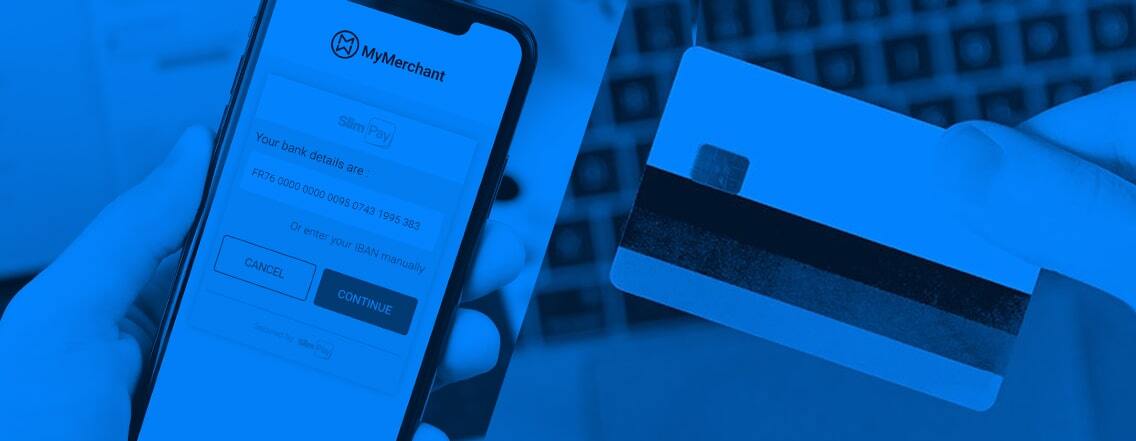When running a subscription-based activity, the combination of SEPA Direct Debit and card payments can be a great payment strategy to adopt for many reasons: customer experience, securing the payment collection and ensuring the continuity of your recurring revenue.
The final payment step of the subscription path is a crucial one for merchants. If it doesn’t go smoothly for whatever reason, chances are that your potential customer will quit midway. But you can change this outcome by offering a frictionless payment experience for your customers. This should be a top priority, especially for maintaining high conversion rates.
At SlimPay, we’ve found that offering a combination of payment means is an effective method of conversion. The more flexibility you can offer your customers, the more enriched their payment experience will be. Combining different payment means will not only improve the customer payment experience, but also can be advantageous to your risk management and financial performance.
If you’re looking to improve your payment strategy, this SEPA Direct Debit-Card combination can help you:
1. Better adapt to your customer’s preferences
What do you do when one customer wants to pay with a card and another customer with SEPA Direct Debit?
To answer this, it is important to understand the pros and cons of each payment method and how adaptable they are to each sector and use case. Whether it is for payment installments or for a home insurance subscription, providing the most adapted payment means will make a difference in how they experience your service. Digitalizing this step is also key to facilitating the subscription without making your customers go through the paperwork.
2. Secure your revenue at the beginning of the customer relationship
In many cases, subscribing to a service requires an immediate activation. This is particularly important for home or car insurance. However, immediately activating a service, while simultaneously securing the first payment, can be tricky depending on the payment means being used. Indeed, SEPA Direct Debit does not permit you to get an instant payment authorization, which introduces the risk of a failed payment. This is where card payments can come into play, thanks to its prompt card authorization process. This way, the service can be activated alongside the subscription without compromising the security of your revenue.
3. Ensure the continuity of your recurring revenue
Once your customers have subscribed, you will need to ensure that your recurring revenues will be secured and that churn risk is minimized.
Churn can happen when a customer’s card expires or it is canceled due to theft or loss. To counter this problem, you can rely on SEPA Direct Debit based on your customer’s bank account for recurring payments. Because the IBAN doesn’t expire, the risk of churn due to the payment means itself is drastically reduced. SEPA Direct Debit is an adequate alternative for subscription, pay-as-you-go and installment payments.
However, payment rejection can also occur with SEPA Direct Debit, mainly because of insufficient funds on the customer account. Luckily, there are solutions that can perform a retry on failed SEPA Direct Debit payments, and here again, is where cards can play a decisive role. It is always better to recover failed payments by trying other payment means rather than go through a costly litigation process. This is what makes cards so advantageous to the failed payment recovery process.
Need advice for your payment strategy?




